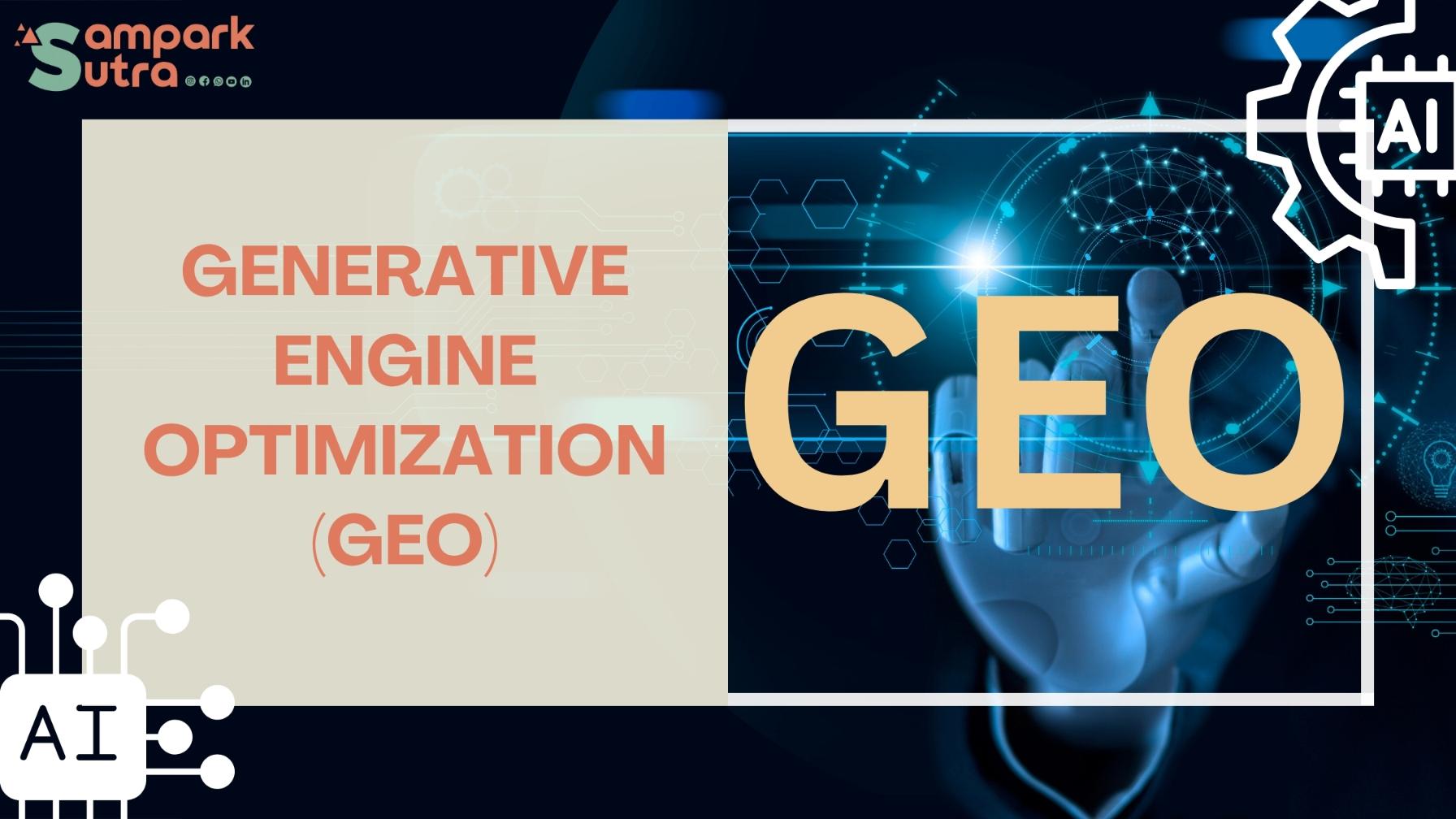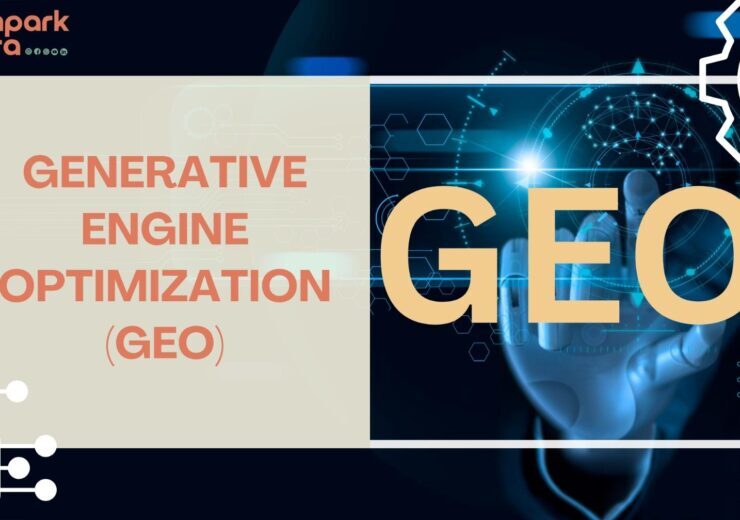The Emergence of Generative Engine Optimization (GEO): What It Is, How It Works, and Why It Matters

In today’s rapidly evolving digital landscape, traditional SEO is no longer the only game in town. With the rise of AI-powered search experiences, Generative Engine Optimization (GEO) is emerging as the next frontier for content visibility and user engagement.
What is Generative Engine Optimization (GEO)?
Generative Engine Optimization (GEO) is the practice of optimizing content specifically for AI-powered search engines and conversational experiences, like Google’s new “AI Mode” and Gemini-powered results. Unlike traditional SEO, which focuses on ranking web pages in search engine results, GEO aims to ensure that content is recognized, interpreted, and cited accurately by AI-generated answers and summaries.
How Does GEO Work?
GEO focuses on how AI systems read, understand, and deliver content. Here’s how it works:
✅ Structured Content:
Content should be organized in a clear, hierarchical structure (headings, bullet points, short paragraphs). This helps AI models understand and extract relevant information efficiently.
✅ Concise & Precise Information:
AI models prefer content that’s to the point. Long-winded explanations often get skipped in favor of clear, direct answers.
✅ Factually Accurate and Credible:
Since AI systems are designed to avoid misinformation, they favor content that’s reliable and trustworthy.
✅ Contextual Relevance:
AI models look for contextually relevant information that directly addresses the user’s intent behind a query.
✅ Use of AI-Specific Metadata:
Emerging best practices in GEO include adding structured data (like schema markup) and metadata tailored to help AI systems interpret your content better.
Why is GEO Important?
The importance of GEO lies in the shift in how users access information. With AI-powered summaries and conversational search experiences becoming more popular, the click-through rates (CTR) for traditional search results may decline. Instead, AI models often surface direct answers or snippets from content they consider authoritative.
Here’s why GEO matters:
🔍 Increased Visibility in AI Summaries:
Content optimized for GEO has a higher chance of being cited in AI-generated answers, increasing your brand’s visibility even if users don’t click through to your website.
📈 Enhanced Trust and Authority:
When AI consistently pulls your content as a credible source, it strengthens your brand’s perception as an authority in your niche.
🚀 Future-Proof Your Content Strategy:
As more search experiences become AI-powered, GEO ensures your content remains relevant and discoverable.
What Will Happen Without GEO?
Ignoring GEO can lead to reduced organic traffic. If your content isn’t structured or optimized for AI interpretation, it may not appear in AI summaries or direct answers, reducing your digital footprint and limiting engagement.
How to Start with GEO
Audit Existing Content: Identify your top-performing pages and see how well they are structured for AI readability.
Use Clear Headings and Bullet Points: AI models love content that’s easy to scan.
Add Schema Markup: Implement structured data to give AI a clearer context about your content.
Focus on User Intent: Make sure every page answers a specific user query in a direct and useful way.
Monitor AI Visibility: Use analytics and search insights to see how your content performs in AI-powered summaries.
Conclusion
The rise of Generative Engine Optimization (GEO) marks a new chapter in digital marketing and content strategy. By understanding how AI-driven search experiences work and tailoring your content accordingly, you can stay ahead of the curve and ensure your brand’s voice continues to be heard.
Need help in adapting your content for GEO?
Sampark Sutra specializes in crafting SEO and GEO-friendly content strategies to help your business thrive in the AI era. Let’s connect!

